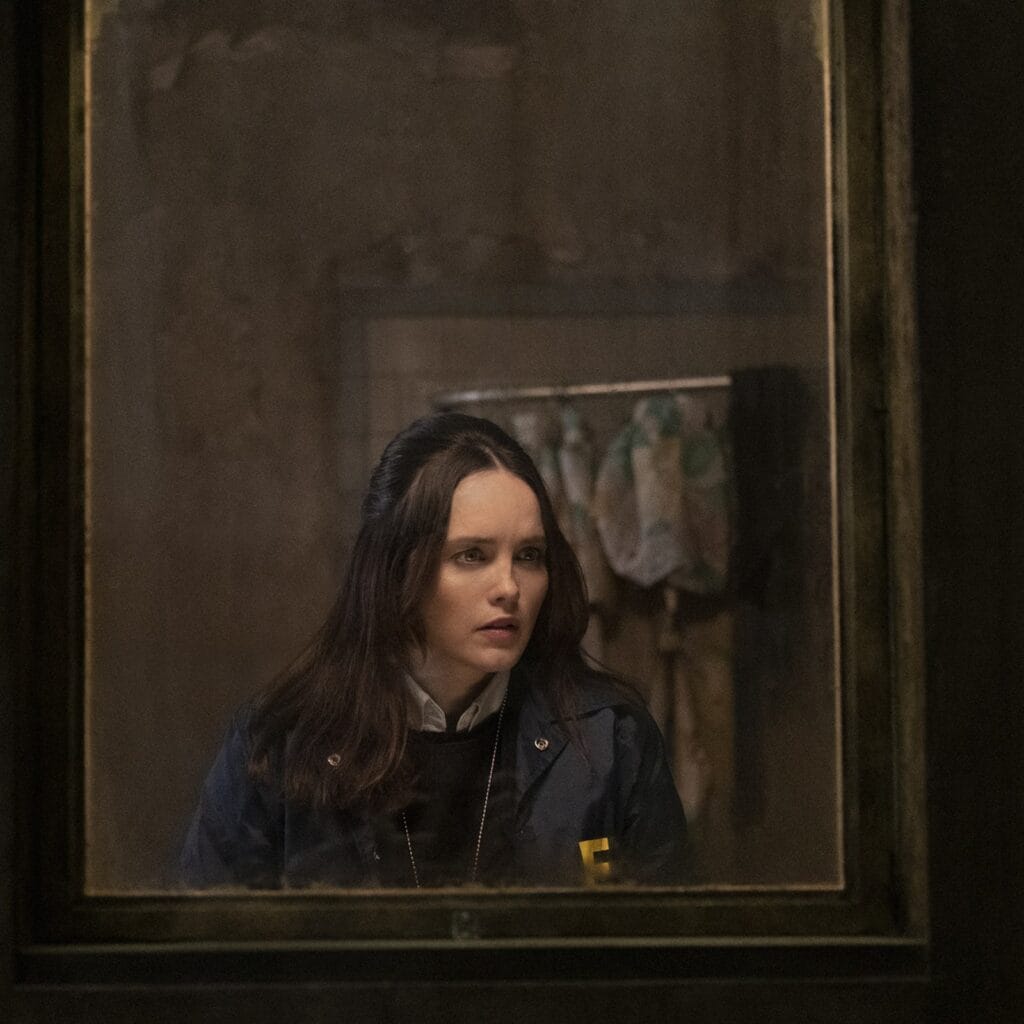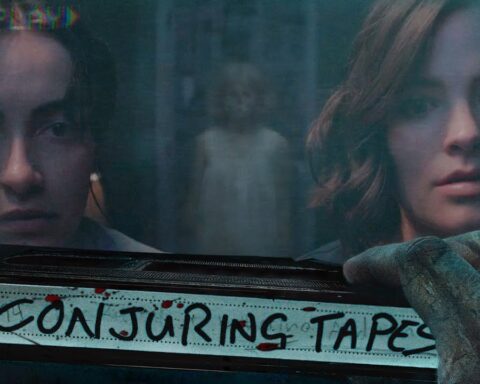When CBS announced Clarice, a television series based on the character Clarice Starling from The Silence of the Lambs, fans of the iconic 1991 thriller had reason to be excited. Produced by Alex Kurtzman and Jenny Lumet, Clarice ambitiously revisits one of cinema’s most psychologically intriguing figures, exploring the professional and personal journey of Starling as she continues her work within the FBI. The series, set in 1993, picks up a year after Starling’s grisly case with Buffalo Bill, but this time without her notorious counterpart, Hannibal Lecter. Though Clarice has promising ideas and brings thoughtful explorations of trauma, it ultimately struggles to escape the shadow cast by its cinematic predecessor.
A Worthy Exploration of Trauma and Identity
One of Clarice’s most commendable achievements is its sensitive handling of Starling’s trauma. The Silence of the Lambs depicted her as a young, determined FBI trainee, hardened by past traumas and undeterred in the face of violence and evil. Clarice, played by Rebecca Breeds, brings this steely quality back to life, but Breeds takes the character further, revealing how Starling has been deeply affected by her experiences with Buffalo Bill and Hannibal Lecter. The series paints her PTSD in shades of raw vulnerability, while still highlighting her empathy as one of her driving characteristics. Breeds’s performance is both respectful of Jodie Foster’s iconic portrayal and independently strong, making Starling compelling without feeling like a mere echo of the original.

Despite Breeds’ nuanced portrayal, the lack of Lecter’s dark presence—due to legal restrictions between the franchise rights holders—creates a palpable void. Without Lecter, the show lacks the same sense of psychological menace that defined The Silence of the Lambs. The serial killers and criminals in Clarice are dangerous, but they lack the profound, layered menace that Lecter brought, which offered both Starling and audiences a deeply disturbing look into the mind of pure evil. The series introduces other villains but never manages to recapture that visceral fear or depth of moral complexity, which makes The Silence of the Lambs so chilling.
Pacing and Procedural Pitfall

As Clarice attempts to carve out its niche, it adopts a procedural format, moving from case to case. This episodic structure, while standard in many police and FBI dramas, tends to dilute the taut, high-stakes atmosphere that defined The Silence of the Lambs. The series does make a strong attempt to weave in overarching themes, addressing institutional sexism, corruption, and the political and personal challenges of law enforcement. These issues are handled earnestly, giving the show a socially aware edge. However, some subplots feel forced, as if the show is trying too hard to root itself in contemporary relevance, and ultimately do not always connect with the personal stakes that make Clarice’s journey compelling.
The procedural pacing also impacts the sense of suspense. The original film thrives on the tension of confinement and psychological chess between Starling and Lecter. Clarice, by contrast, moves its protagonist through a variety of cases that, while intriguing, dilute that singular focus on psychological horror. As a result, the show lacks the suffocating atmosphere that made The Silence of the Lambs both a thriller and a character study.

Visual Atmosphere: Homage or Imitation?
Visually, Clarice attempts to invoke the atmosphere of the original film through muted color palettes and shadowy cinematography. The series leans heavily on dark, moody aesthetics, clearly designed to remind viewers of The Silence of the Lambs. While the intent is evident, the results can sometimes feel heavy-handed. The cinematography occasionally overstates its noir-inspired aesthetic, creating a manufactured feeling that doesn’t always match the organic, almost documentary-like grimness that The Silence of the Lambs achieved. The stylistic choices are consistent and certainly provide atmosphere, but they might have benefited from a more original approach that would establish Clarice as its own vision rather than a series with visual nods to its predecessor.
Finding Its Own Voice
Ultimately, Clarice finds itself in a complex, sometimes awkward, relationship with its source material. Where the original film possessed a sense of immediacy and horror that felt deeply psychological, Clarice remains too tethered to the past. The show’s writers seem reluctant to allow Starling to fully evolve, preferring instead to keep her haunted by memories of Buffalo Bill, Hannibal Lecter, and past traumas. The series is thus in a delicate position: it wants to build upon the legacy of The Silence of the Lambs, but it does not give Starling enough room to move forward, limiting her development as a character and diminishing the impact of each case she encounters.

The thematic emphasis on trauma and institutional struggle is admirable and relevant, but it risks reducing Starling to a figure who, despite her immense resilience, cannot move beyond her defining case. In doing so, Clarice feels constrained by the very legacy it aims to expand upon, resulting in a series that feels neither quite like a sequel nor entirely original.
A Haunted, Yet Hindered Series
For fans of The Silence of the Lambs, Clarice offers a rare opportunity to further explore one of cinema’s most memorable protagonists. Breeds provides a performance that is both respectful of Starling’s legacy and new in its vulnerabilities. Yet despite her nuanced portrayal and the series’ valiant attempts to explore relevant themes, Clarice remains trapped within the formidable shadow of its predecessor. It struggles to replicate the psychological horror of The Silence of the Lambs and often feels like it’s echoing rather than advancing the story. While Clarice has its moments of intensity and promise, it ultimately falls short of becoming a worthy successor to the iconic film, leaving viewers with an intriguing yet incomplete vision of a character and universe haunted by an inescapable past.









